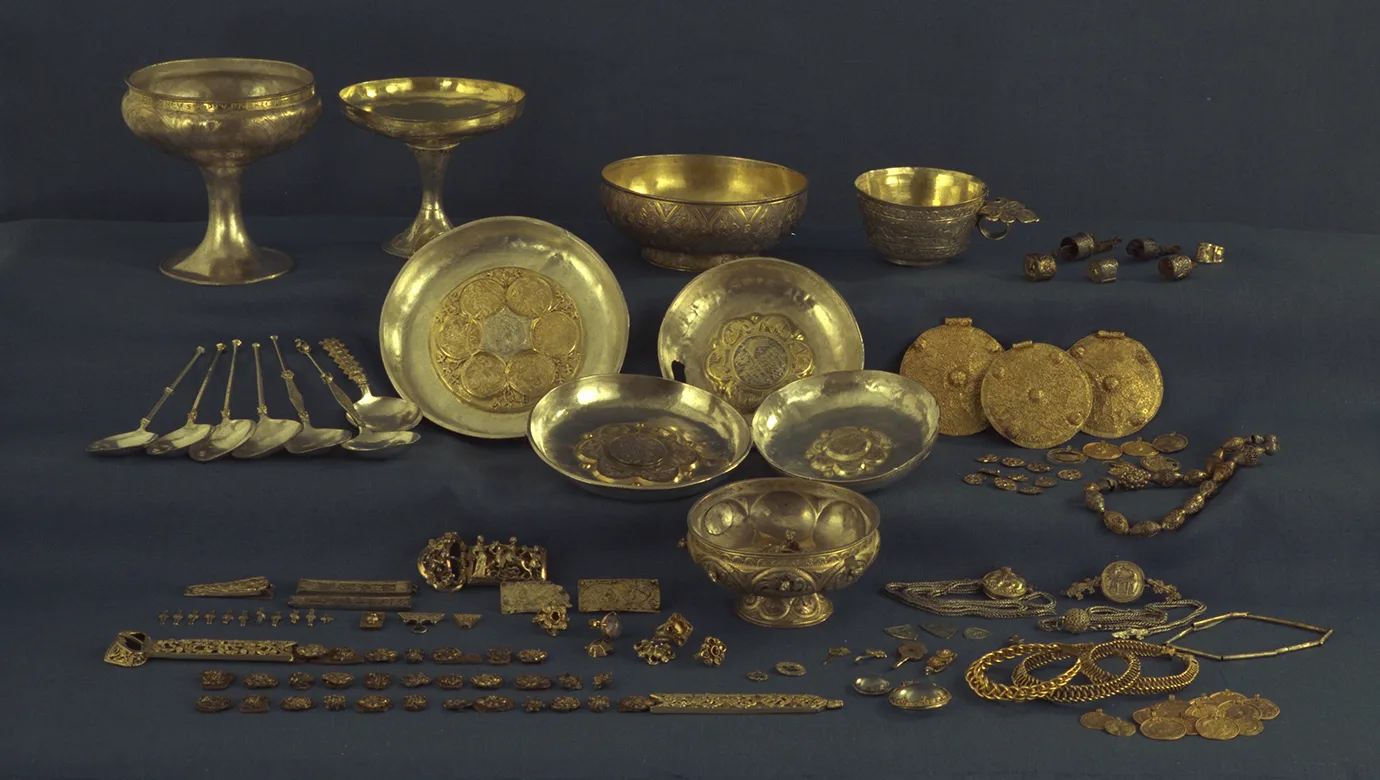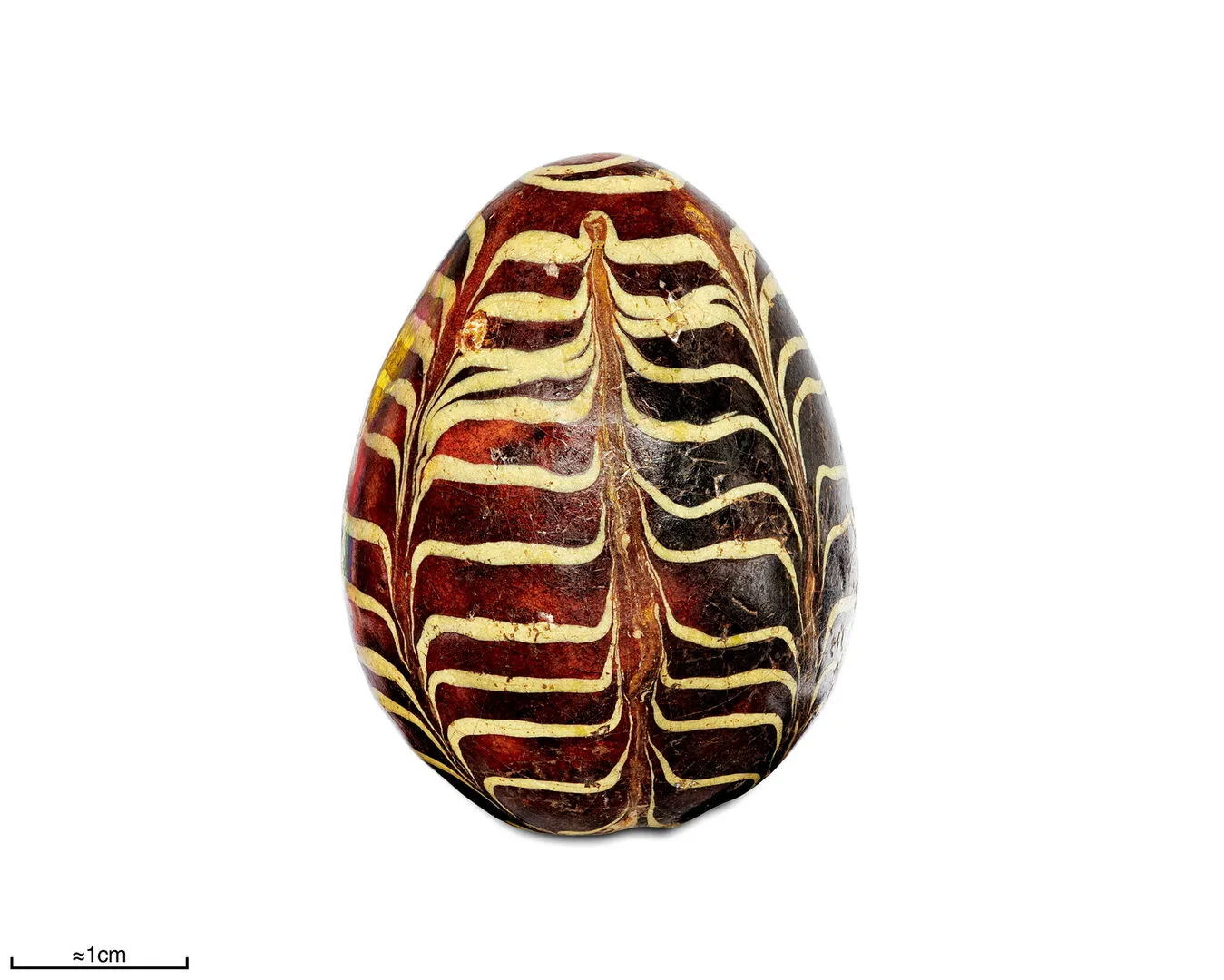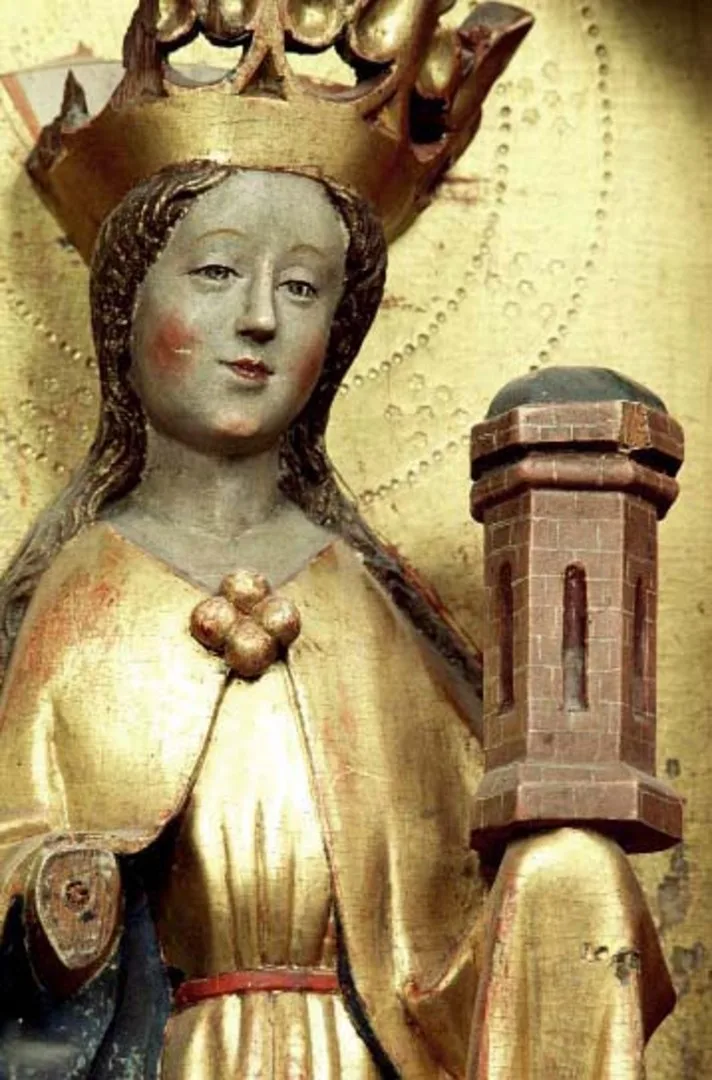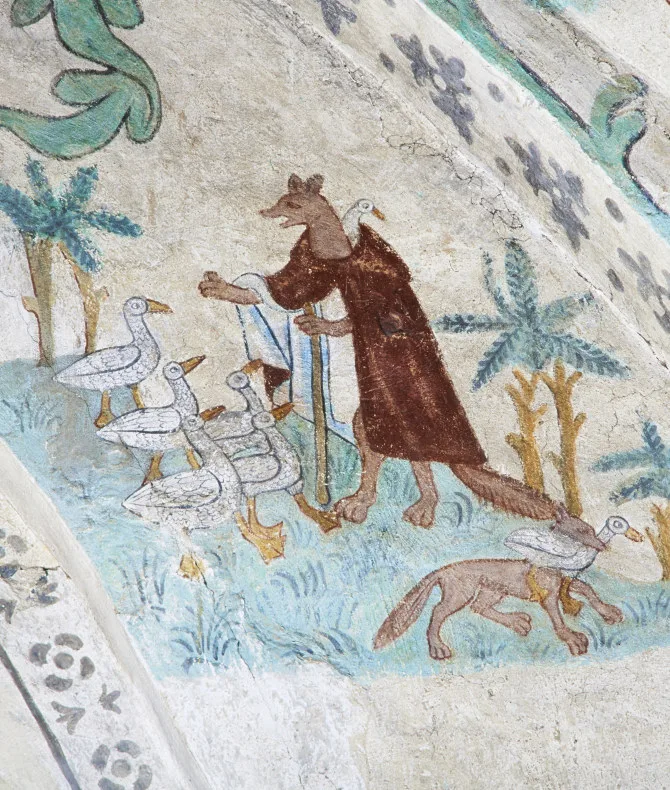The Dune hoard
Viking Age
AD 800 – AD 1100
Middle Ages
AD 1050 – AD 1520
Modern Age
AD 1520 – AD 2025
Archaeologists believe that the Dune hoard was gathered over several hundred years. Perhaps it belonged to a wealthy family where each generation added to the collection. How it later ended up buried in the ground is uncertain. It could have been connected to the Danish king Valdemar Atterdag’s invasion of Gotland in 1361. The Danish attack resulted in Gotland’s farms being plundered and many farmers losing their lives.
Many of the bowls in the hoard are imaginatively decorated, some featuring fabulous creatures. On one of the objects, a cup, there is a magical inscription, a so-called Arepo or “Sator square,” together with a pentagram.

Bowl
Part of the Dune hoard from Gotland.
On view at Historiska museet in the exhibition Guldrummet








